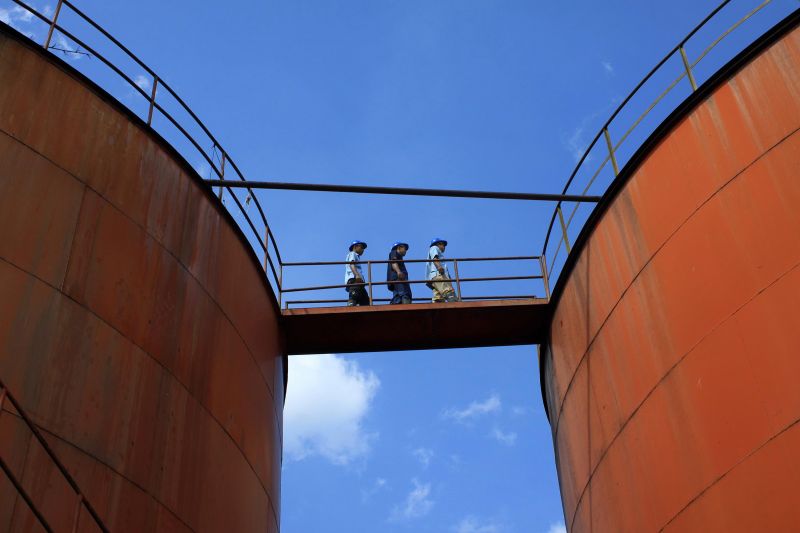01 Sep 2016

If it drops by 5%, then the crude palm oil (CPO) production this year will be around 29.64 million tons compared to last year's production of 31.20 million tons. While in early 2016, the Ministry of Agriculture projected this year's CPO production to be around 31 million to 32 million tons.
The Director of Annual Crops and Refreshments at the Ministry of Agriculture's Directorate General of Plantations, Dwi Praptomo Sudjatmiko, said that the government's concerns were based on the prolonged and even extreme rainfall. If rains continue to occur, the oil palm plants will not be able to produce optimally because they do not get enough sun.
"This very high rainfall will affect the fertilization process which will result in higher humidity levels and that is not good for the plants," said Praptomo.
In addition, the effects of waterlogging in the rainy season could potentially lead to oxygen supply difficulties for the oil palm roots. This condition of course results in the fertilization process of the oil palm trees being hampered and reducing production. For that reason, he hopes that the La Nina will remain within normal levels in order for CPO production to remain high and meet targets.
According to Dwi, the oil palm plant is a rapidly growing commodity and is encouraging more balanced economic distribution because its plantations are highly concentrated on the islands outside of Java. Oil palm plantations are a strategic sub-sector that contributes significantly to the country's foreign exchange.
In 2015, palm oil exports and its derivative products amounted to 20.30 million tons. Nevertheless, the sub-sector also faces a number of challenges, particularly those related to productivity.
http://industri.kontan.co.id/news/kemtan-prediksi-la-nina-gerus-produksi-cpo-5
© Inacom. All Rights Reserved.